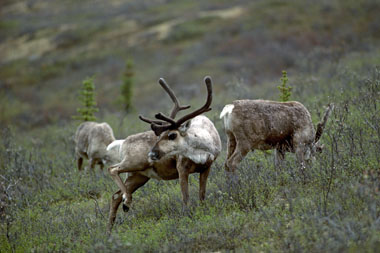Article
Balfour Report
The Balfour Report of 1926 was an important document in Canada’s evolution to become a fully self-governing nation. The report declared that Britain and its Dominions were constitutionally equal. The findings of the report were made law by the British Parliament in the 1931 Statute of Westminster. This was the founding document of the modern Commonwealth. Canada remained linked to Britain politically. But legal power shifted decisively to the Canadian Parliament and its prime minister. This shift quickly led to an independent Canadian foreign policy and to the creation of its diplomatic service. It took several decades before Canada assumed all of its other powers under the Statute.





